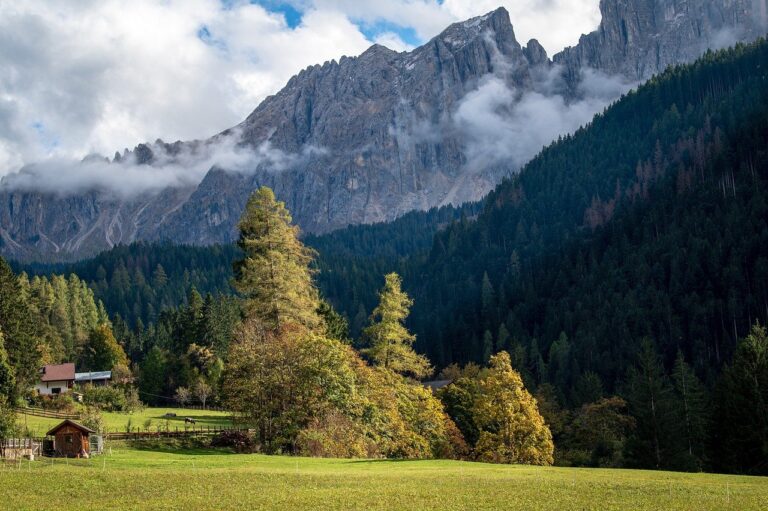Photo to Cartoon AI represents an interesting intersection of technology, art, and user experience, providing a device that transforms regular photographs into cartoon-like images. This development leverages improvements in artificial intelligence, particularly in the realms of machine learning and deep learning, to create stylized depictions that mimic the aesthetic top qualities of conventional cartoons.
In addition to social media, Photo to Cartoon AI locates applications in expert settings. Graphic developers and illustrators can use these tools to rapidly produce cartoon versions of photographs, which can after that be incorporated into advertising materials, ads, and magazines. This can save substantial effort and time compared to manually developing cartoon images from scratch. Likewise, instructors and content makers can use cartoon images to make their products more engaging and available, particularly for more youthful target markets that are often drawn to the spirited and vibrant nature of cartoons.
One more considerable aspect of Photo to Cartoon AI is user personalization. Users might have different preferences for just how their cartoon images must look. Some might choose a more realistic cartoon with subtle adjustments, while others may choose a highly stylized version with bold lines and vivid colors. To suit these preferences, numerous Photo to Cartoon AI applications consist of adjustable settings that allow users to regulate the level of abstraction, the density of lines, and the intensity of colors. photo to cartoon online free makes certain that the device can deal with a vast array of artistic tastes and purposes.
The process starts with the collection of a vast dataset making up both photographs and their corresponding cartoon variations. This dataset serves as the training product for the AI model. During training, the model finds out to identify the mapping between the photo representation and its cartoon counterpart. This learning process includes readjusting the weights of the neural network to decrease the difference between the predicted cartoon image and the real cartoon image in the dataset. The result is a model capable of creating cartoon images from brand-new photographs with a high degree of accuracy and stylistic fidelity.
Furthermore, the technology behind Photo to Cartoon AI continues to evolve, with ongoing r & d focused on enhancing the top quality and versatility of the created images. Advances in generative adversarial networks (GANs), for instance, hold promise for a lot more advanced and realistic cartoon improvements. GANs contain 2 neural networks, a generator and a discriminator, that work in tandem to produce premium images that are significantly equivalent from hand-drawn cartoons.
Despite its lots of advantages, Photo to Cartoon AI also elevates crucial honest considerations. As with various other AI-generated content, there is the potential for misuse, such as creating deepfakes or other deceitful images. Making sure that these tools are made use of properly and morally is vital, and programmers should implement safeguards to avoid abuse. In addition, issues of copyright and copyright arise when changing photographs into cartoons, particularly if the initial images are not had by the user. Clear guidelines and respect for copyright laws are important to navigate these challenges.
One of the essential challenges in establishing Photo to Cartoon AI is achieving the right balance between abstraction and information. Cartoons are defined by their streamlined forms and overstated functions, which convey personality and emotion in such a way that realistic photographs do not. Therefore, the AI model need to learn to preserve essential details that specify the subject of the photograph while extracting away unnecessary components. This frequently entails strategies such as side discovery to highlight important contours, color quantization to decrease the number of colors made use of, and stylization to add artistic results like shading and hatching.
The entertainment industry also gains from Photo to Cartoon AI. Animation studios can use these tools to create idea art and storyboards, assisting to picture characters and scenes before committing to more labor-intensive processes of standard animation or 3D modeling. By providing a quick and versatile way to explore different artistic styles, Photo to Cartoon AI can simplify the creative process and influence new ideas.
To conclude, Photo to Cartoon AI stands for an impressive combination of technology and creativity, offering users an ingenious way to transform their photographs into exciting cartoon images. By taking advantage of the power of convolutional neural networks and providing customizable settings, these tools accommodate a wide range of artistic preferences and applications. From enhancing social media presence to enhancing specialist workflows, the influence of Photo to Cartoon AI is significant and remains to expand as the technology advances. Nonetheless, it is important to resolve the honest considerations connected with this technology to guarantee its liable and advantageous use.
The applications of Photo to Cartoon AI are diverse and prolong past mere novelty. In the world of social media, for example, these tools allow users to create special and captivating profile pictures, characters, and blog posts that stand apart in a jampacked electronic landscape. The personalized and stylized images created by Photo to Cartoon AI can boost individual branding and engagement on systems like Instagram, Facebook, and TikTok.
At the core of Photo to Cartoon AI is the convolutional neural network (CNN), a course of deep neural networks that has verified very efficient for visual tasks. These networks are designed to process pixel information, making them particularly well-suited for image acknowledgment and change tasks. When related to photo-to-cartoon conversion, CNNs examine the features of the initial image, such as edges, structures, and colors, and after that apply a series of filters and transformations to create a cartoon-like variation of the image.

